Downstream Processing Solution
Purification : Lab/Pilot/Process, Buffer
Preparation / Automated Filtration, Flash Chromatography / Preparative HPLC &
Columns
|
https://en.wikipedia.org/wiki/Downstream_processing
https://en.wikipedia.org/wiki/Cross-flow_filtration (Tangential Flow
Filtration)
Stages in downstream processing:
Removal of insolubles --> Product isolation --> Product purification --> Product
polishing
Downstream processing refers to the recovery and purification of biosynthetic
products, particularly pharmaceuticals, from natural sources such as animal or
plant tissue or fermentation broth, including the recycling of
salvageable components and the proper treatment and disposal of waste. It is an
essential step in the manufacture of pharmaceuticals such as antibiotics,
hormones (e.g. insulin and human growth hormone), antibodies (e.g. infliximab
and abciximab) and vaccines; antibodies and enzymes used in diagnostics;
industrial enzymes; and natural fragrance and flavor compounds. Downstream
processing is usually considered a specialized field in biochemical
engineering, itself a specialization within chemical engineering,
though many of the key technologies were developed by chemists and biologists
for laboratory-scale separation of biological products.
Downstream processing and analytical bioseparation both refer to the separation
or purification of biological products, but at different scales of operation and
for different purposes. Downstream processing implies manufacture of a purified
product fit for a specific use, generally in marketable quantities, while
analytical bioseparation refers to purification for the sole purpose of
measuring a component or components of a mixture, and may deal with sample sizes
as small as a single cell.
Stages in downstream processing
A widely recognized heuristic for categorizing downstream processing operations
divides them into four groups which are applied in order to bring a product from
its natural state as a component of a tissue, cell or fermentation broth through
progressive improvements in purity and concentration.
Removal of insolubles is the first step and involves the capture of the product
as a solute in a particulate-free liquid, for example the separation of cells, cell debris or
other particulate matter from fermentation broth containing an antibiotic.
Typical operations to achieve this are filtration, centrifugation, sedimentation,
precipitation, flocculation,
electro-precipitation, and gravity settling. Additional operations such as
grinding, homogenization, or leaching, required to recover products from solid
sources such as plant and animal tissues, are usually included in this group.
Product isolation is the removal of those components whose properties vary
considerably from that of the desired product. For most products, water is the
chief impurity and isolation steps are designed to remove most of it, reducing
the volume of material to be handled and concentrating the product. Solvent extraction, adsorption,
ultrafiltration, and precipitation are some of the unit operations
involved.
Product purification is done to separate those contaminants that resemble the
product very closely in physical and chemical properties. Consequently steps in
this stage are expensive to carry out and require sensitive and sophisticated
equipment. This stage contributes a significant fraction of the entire
downstream processing expenditure. Examples of operations include affinity, size
exclusion, reversed phase chromatography, ion-exchange
chromatography, crystallization and fractional precipitation.
Product polishing describes the final processing steps which end with
packaging of the product in a form that is stable, easily transportable and
convenient. Crystallization, desiccation, lyophilization and spray drying are typical unit
operations. Depending on the product and its intended use, polishing may also
include operations to sterilize the product and remove or deactivate trace
contaminants which might compromise product safety. Such operations might
include the removal of viruses or depyrogenation.
A few product recovery methods may be considered to combine two or more stages.
For example, expanded bed
adsorption (Vennapusa et al. 2008) accomplishes removal of
insolubles and product isolation in a single step. Affinity
chromatography often isolates and
purifies in a single step.
Leading with Quality, Performance and Cost :
Our partners, the Lisure Science company is one top Professional DSP(Downstream
Processing Solution) equipments manufacturer and integrated solution supplier.
Founded in Suzhou Industrial Park Biobay since 2009, with more than 30,000
square feet R&D and manufacturing facility with advanced CNC machinery and
application lab that passed IS09001 certification in 2010, the Lisure Science
have focused on the manufacturing of automated equipment and systems for the
purification and bio-processing of APls, natural products, and biomolecules.
Consisting of industry professionals, expertise in chemistry, biology, precision
mechanical, electrical, and automation engineerings, and based on many years of
experience and expertise in drug development, bio-processing and chromatographic
purification, our team have been developing key component patents, optimized
configurations and integrated solutions to meet the most demanding and
challenging applications that have been widely used and persistently updated by
global pharmaceutical companies, CMOs, CROs and scientific research
institutions.
http://www.lisurescience.com/en/
http://www.lisurescience.com/
Our Solid and Substantial Service and Supports :
Since the Downstream Processing Solution needs interdisciplinary integrations,
where efficient comunications and discussion among provider and users and
related parties is very important for best construction and performance, we(the
ABDC) has just the background and experiences for these requirements.
Our related R&D experiences are very solid and helpful bases for seamless and
detailed technical demand discussions for every global users.
Our capacity and experiences spans in the system architecture, mechanical
drawing, machining, control software and hardware, and system assembly and
testing etc. With these background and experiences, we we can co-operate with
our users and partners with more efficient, more flexible communications,
discussion, suggestion on every key points and issues !
http://www.chromnet.net/abdc_English.aspx
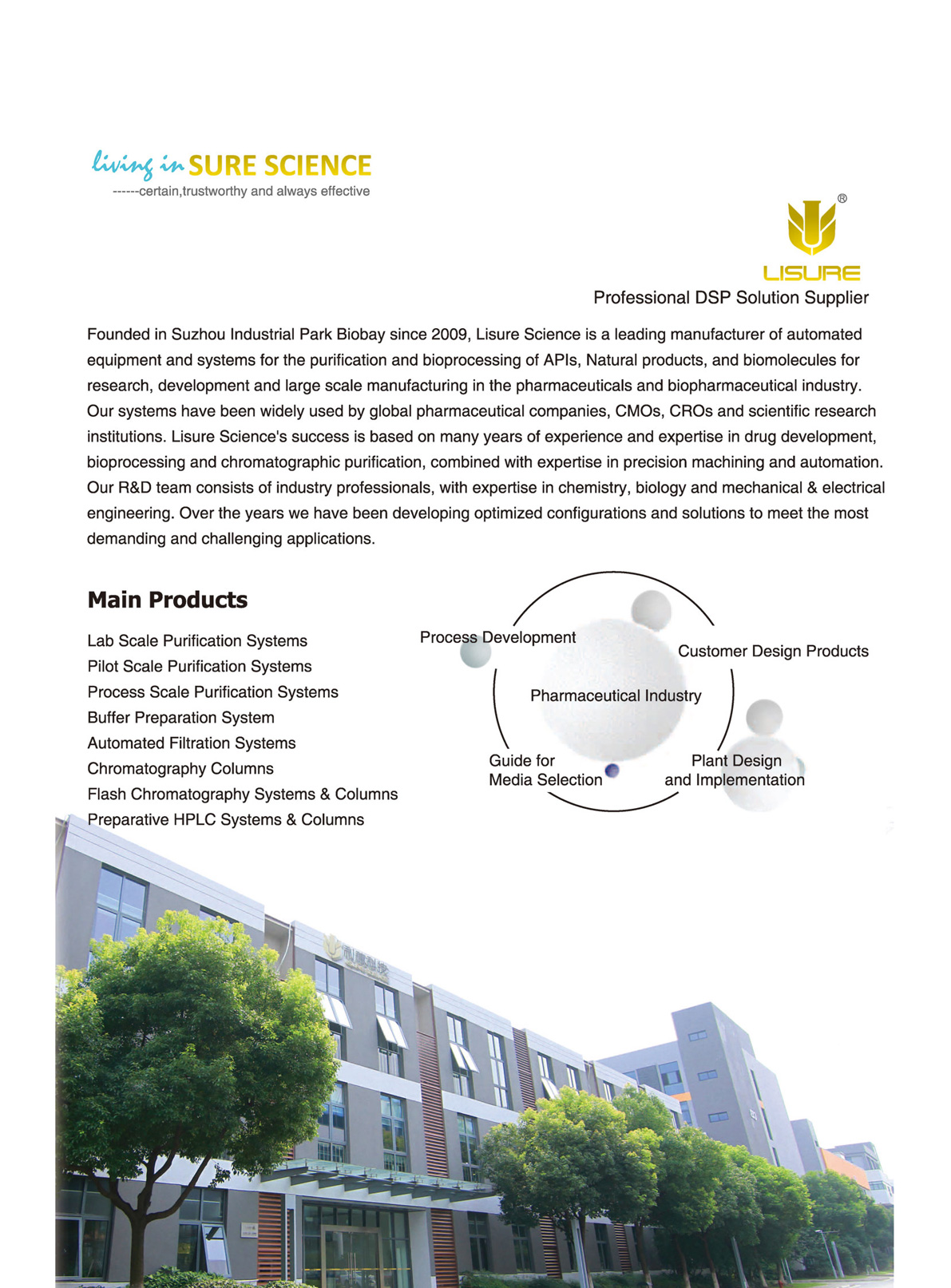
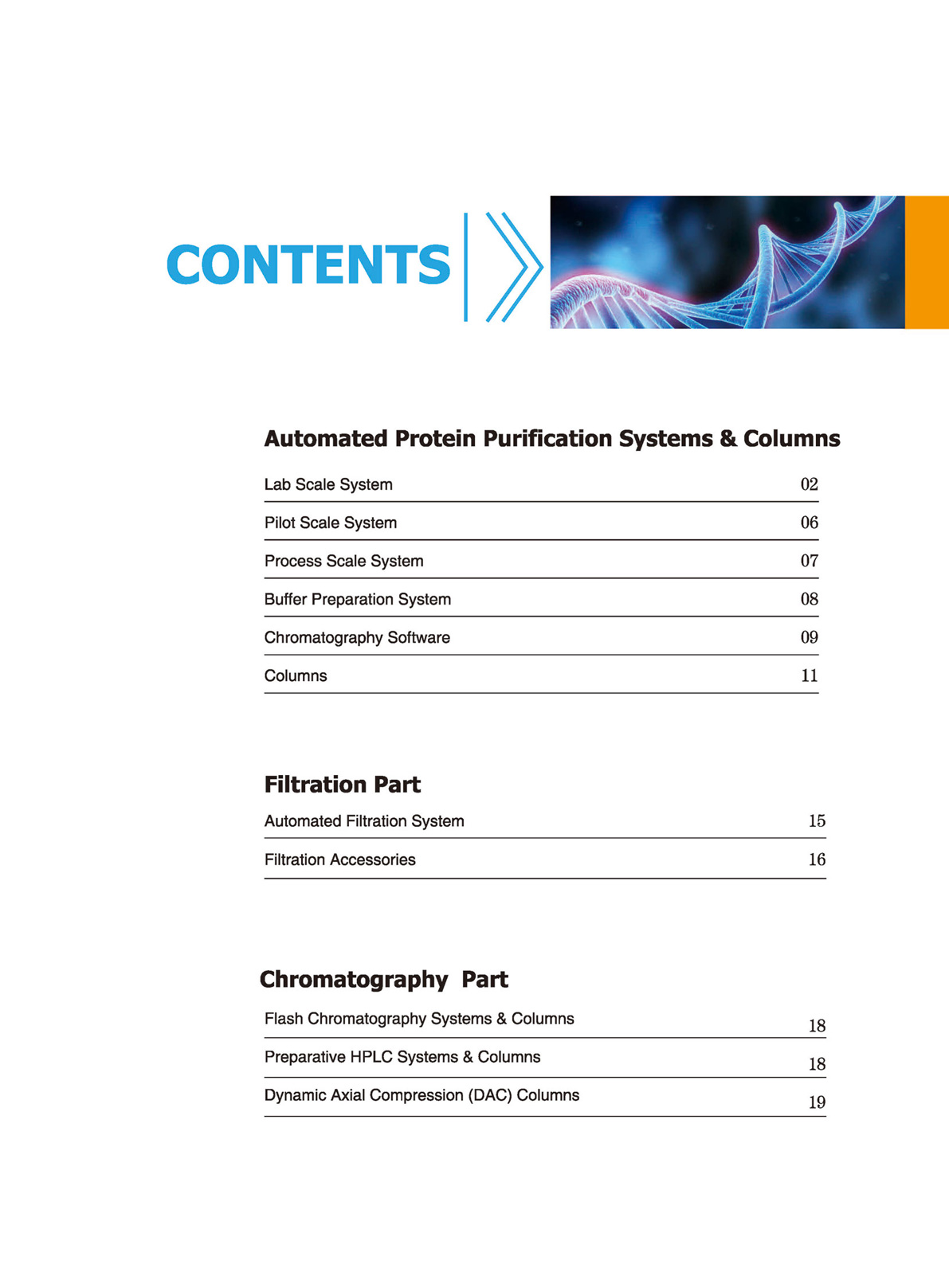
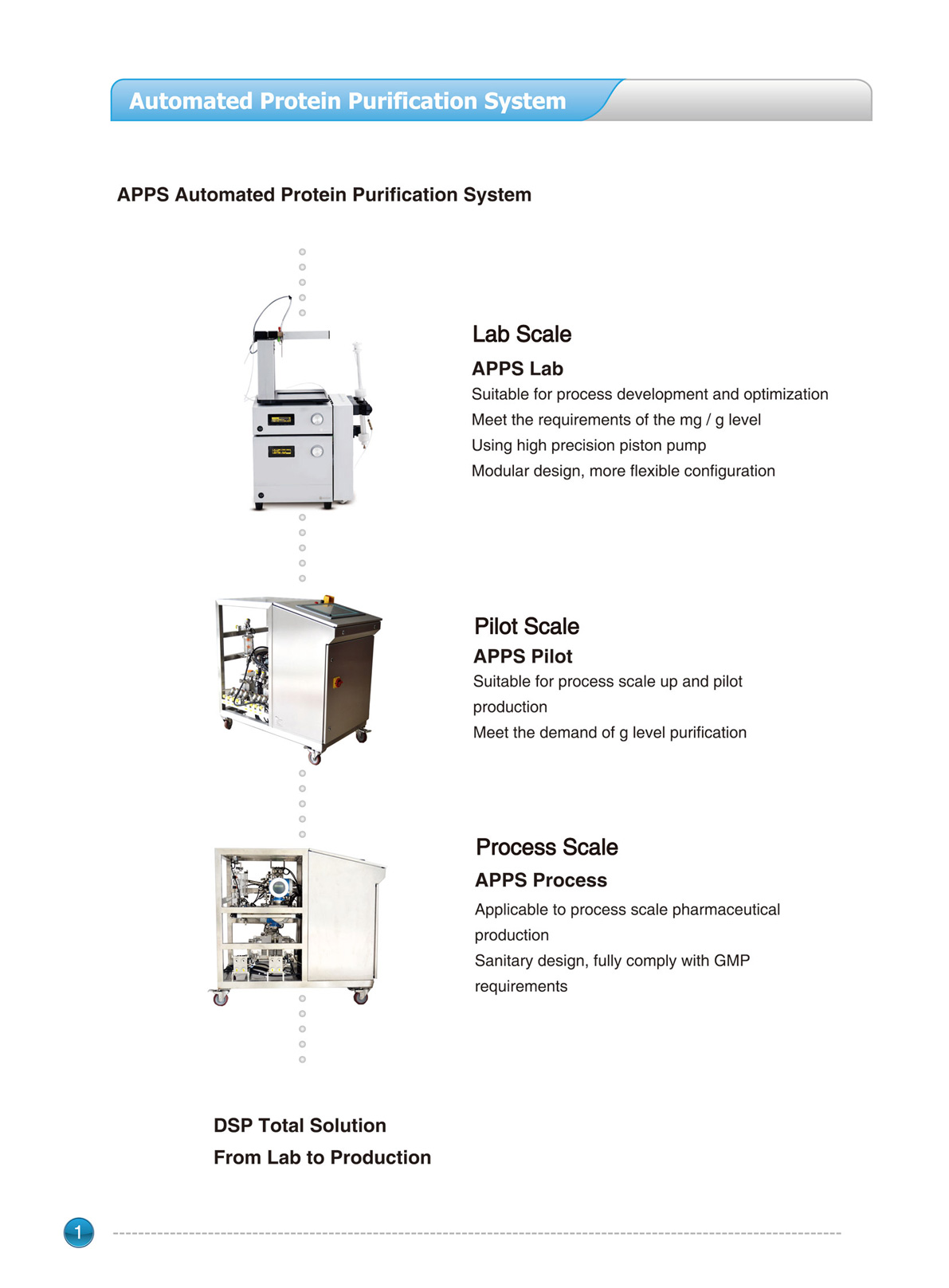
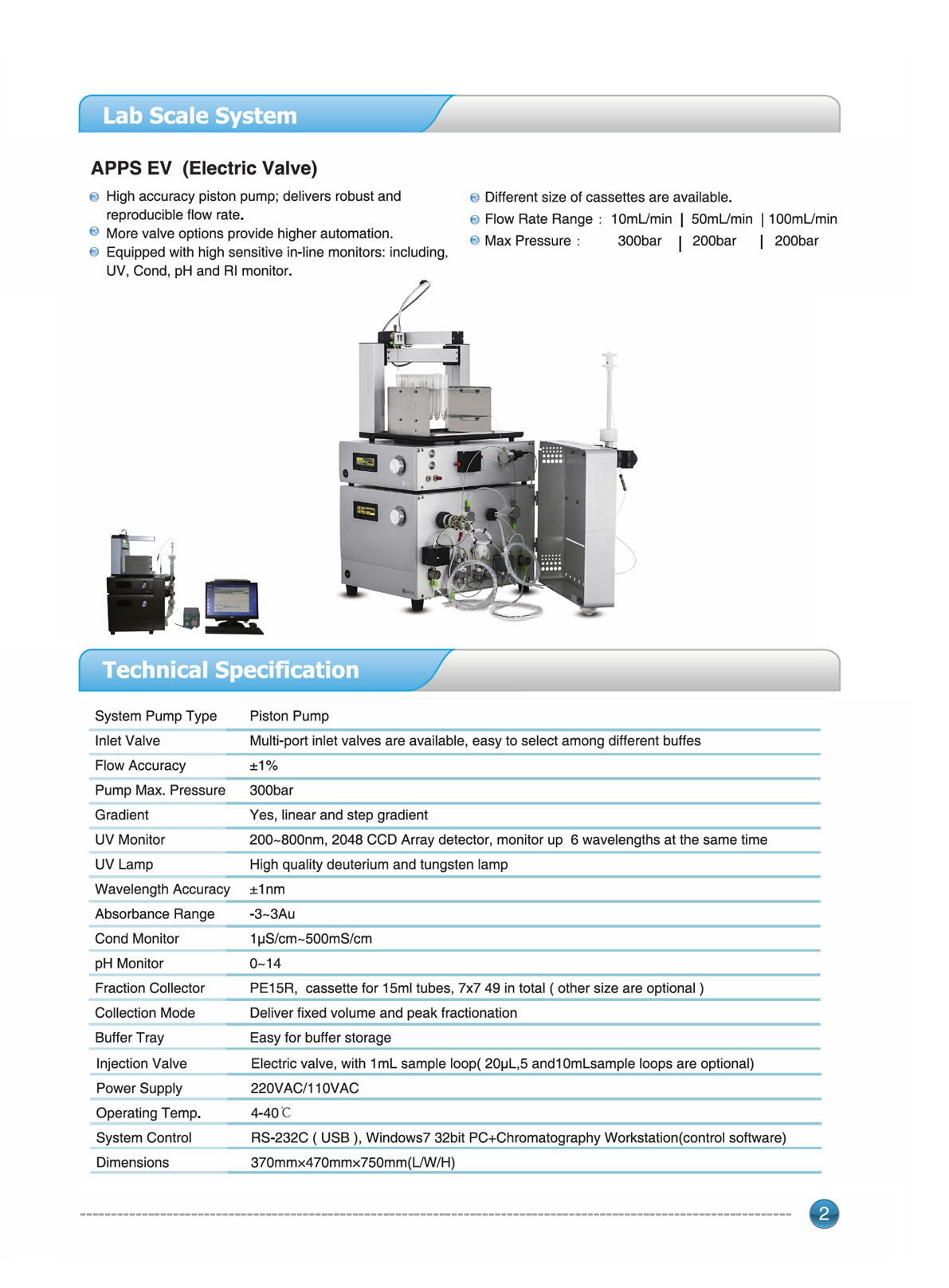
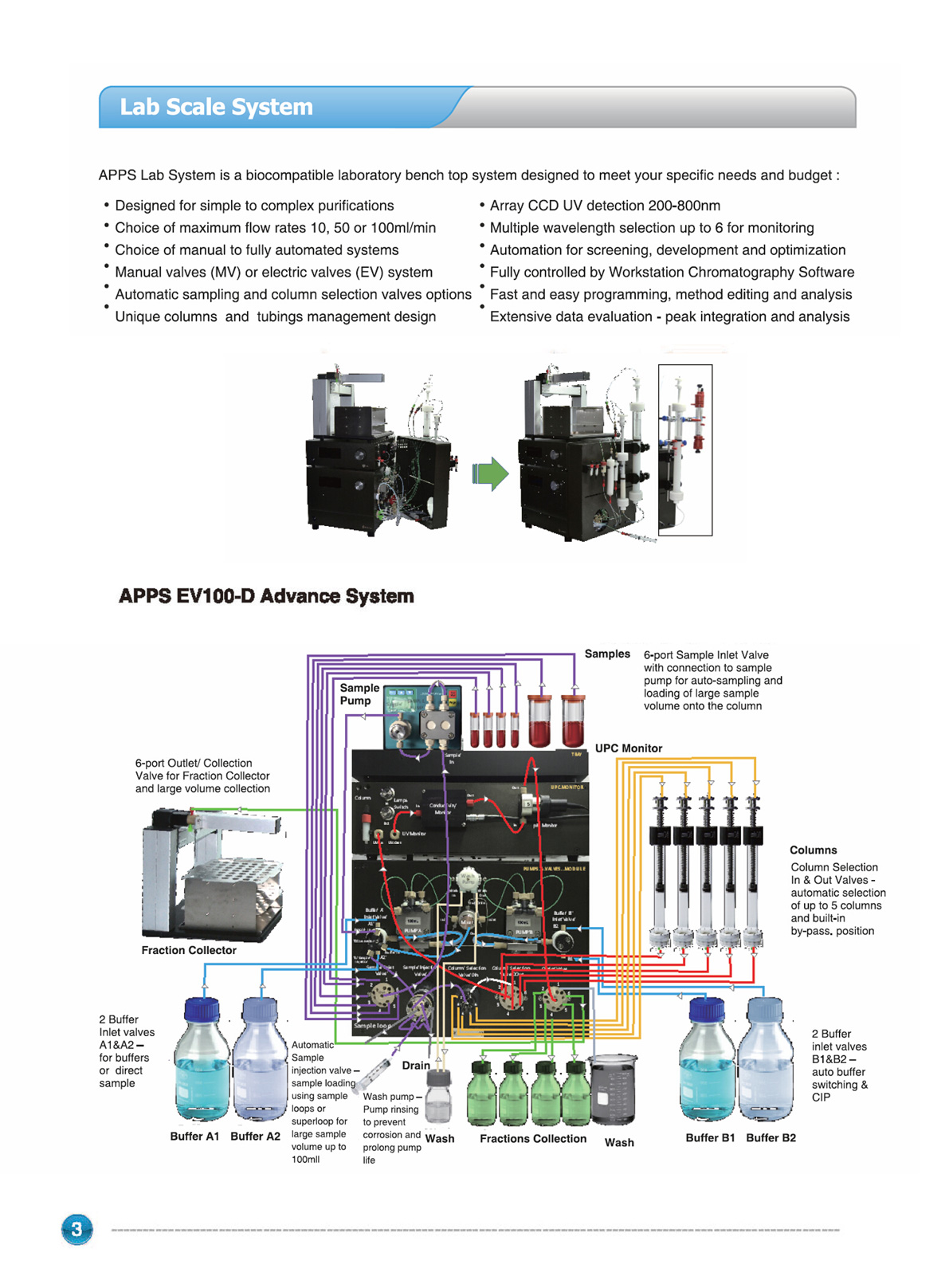
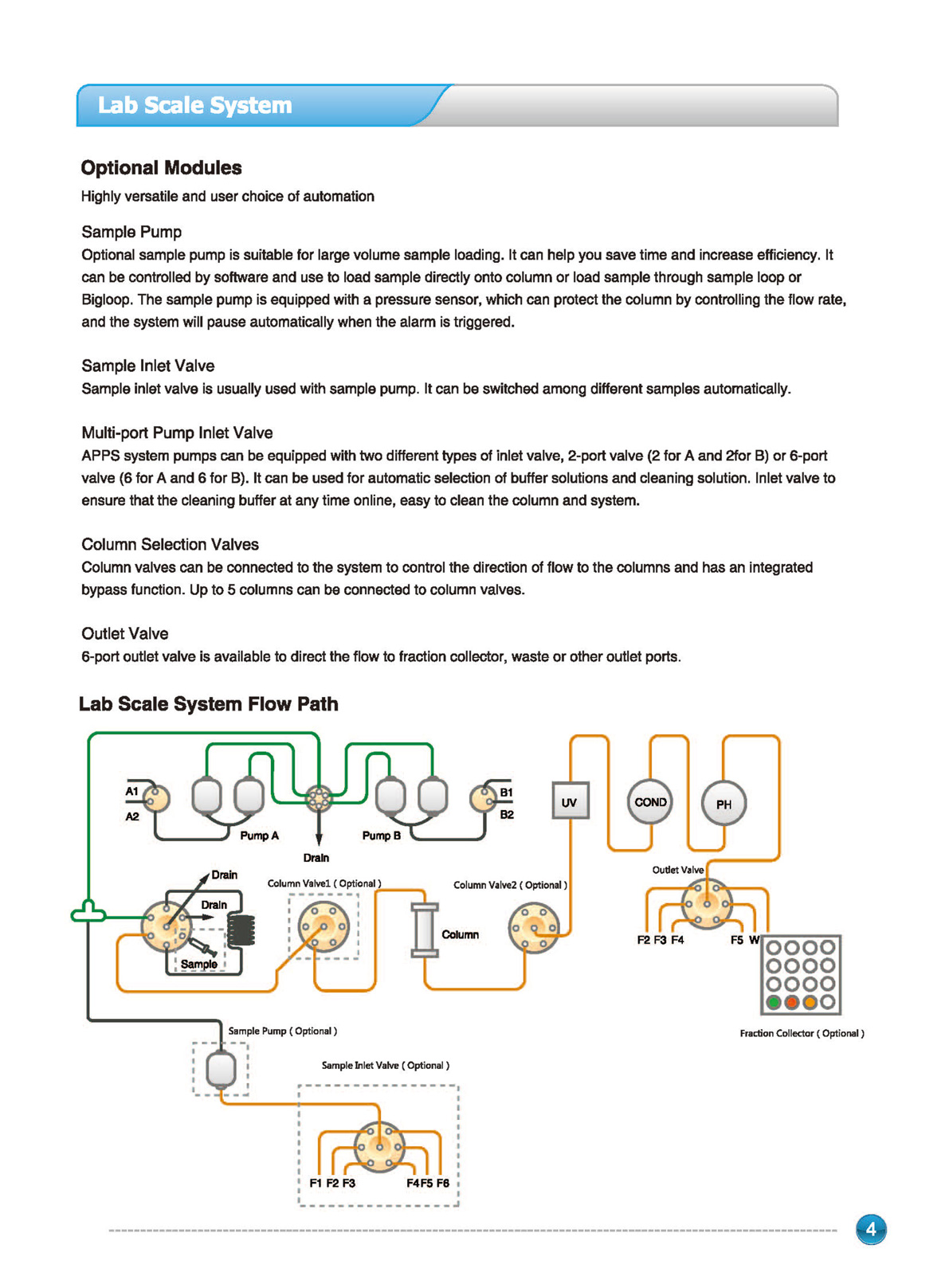
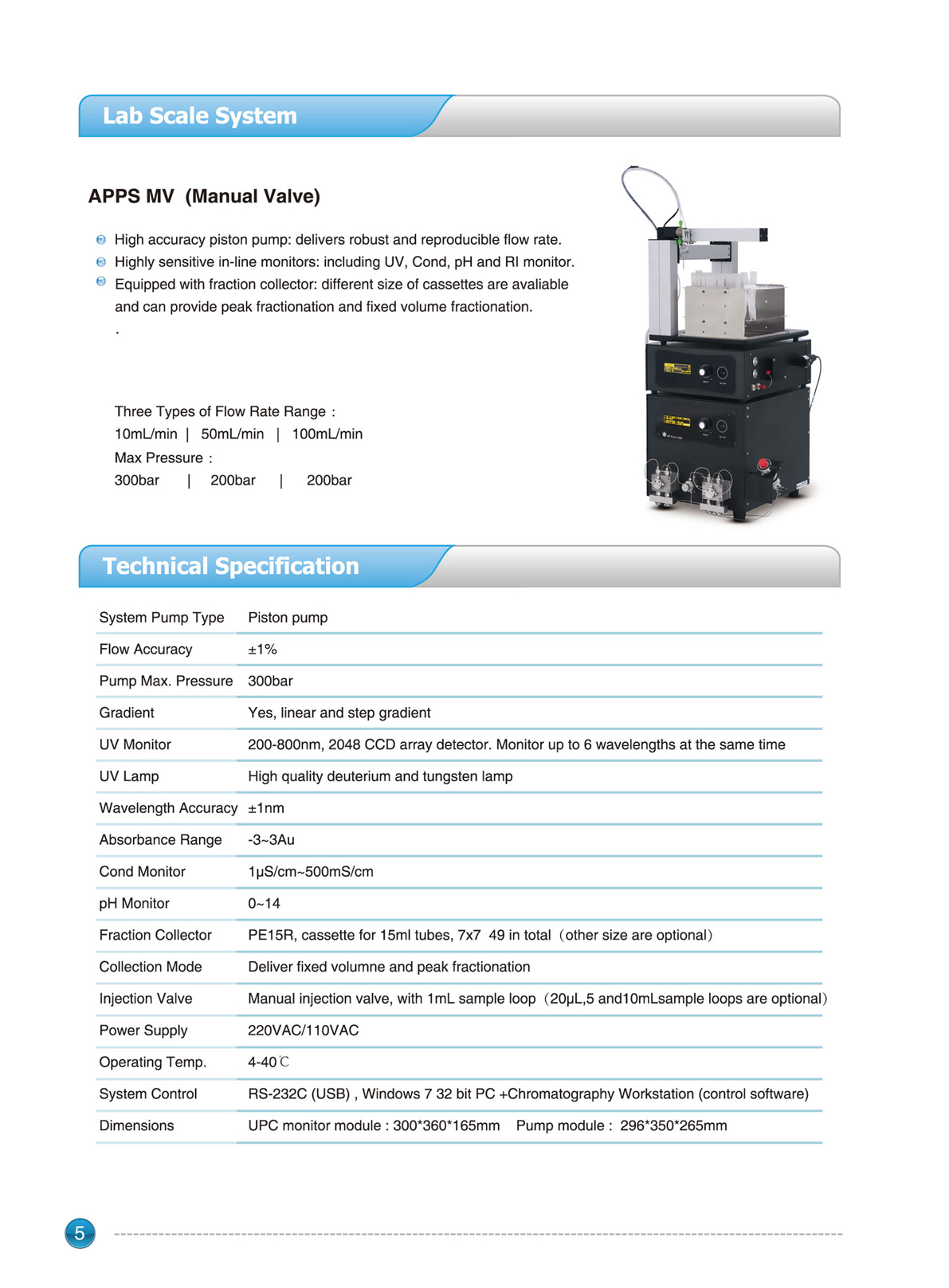
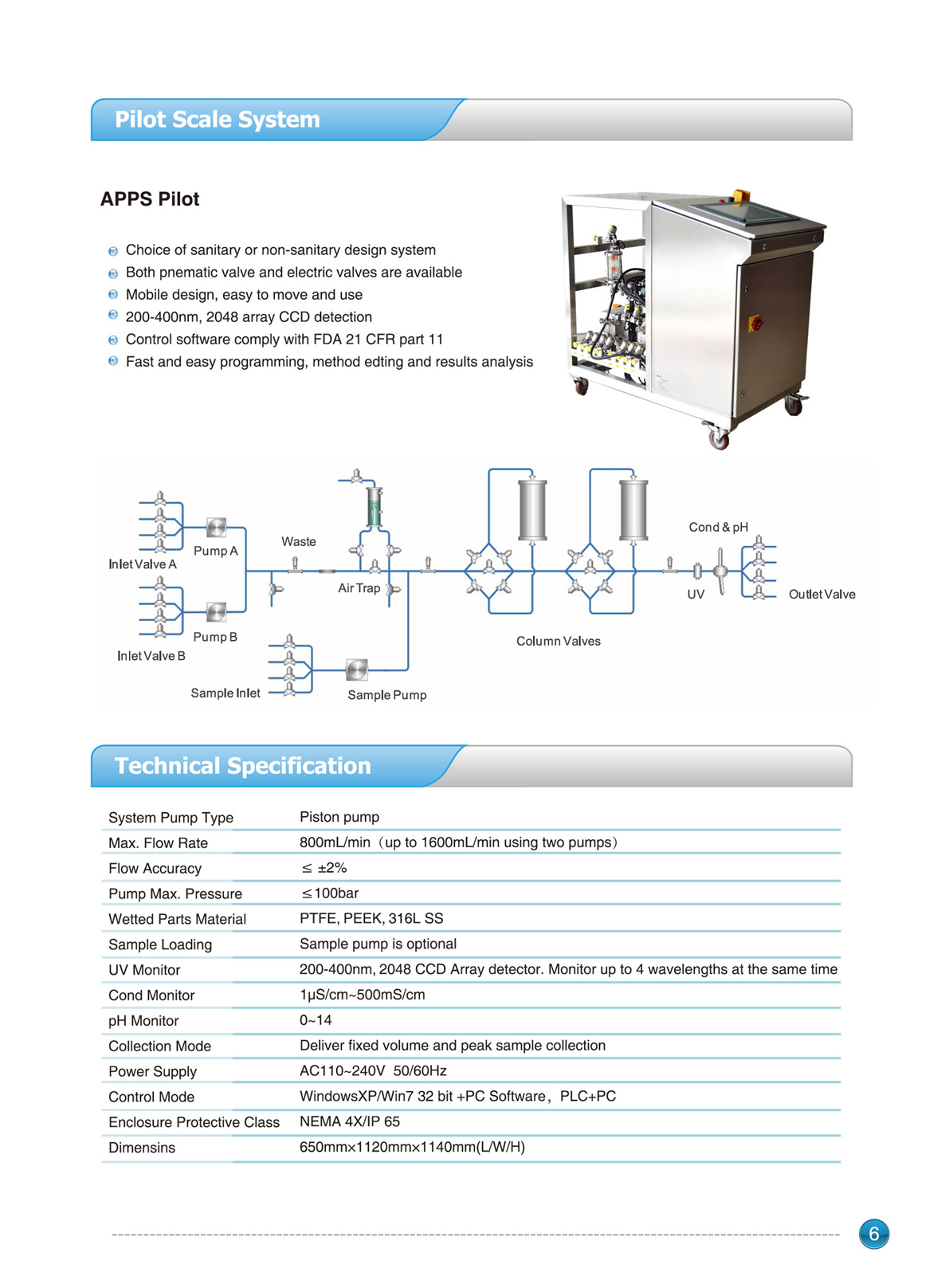
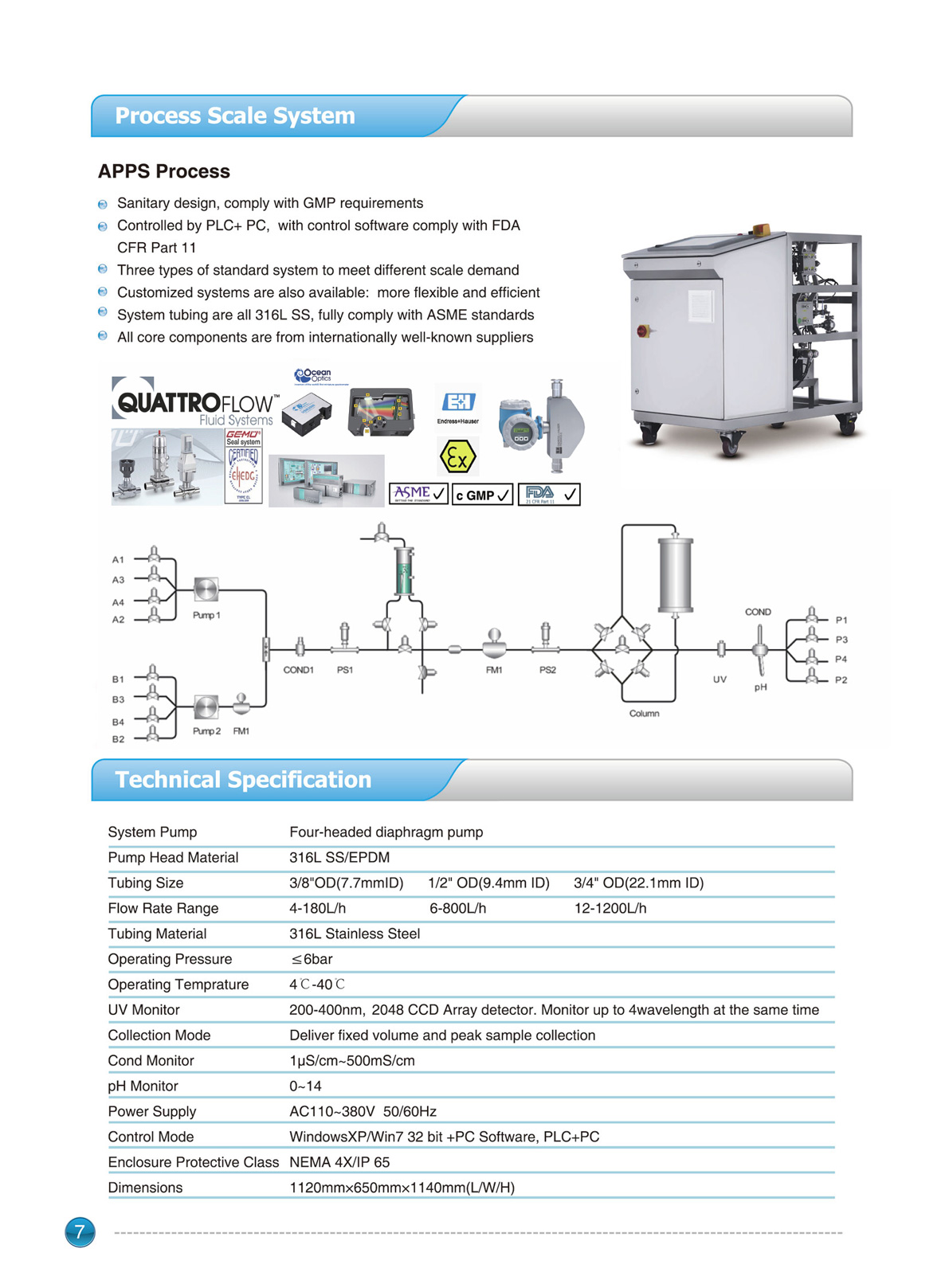
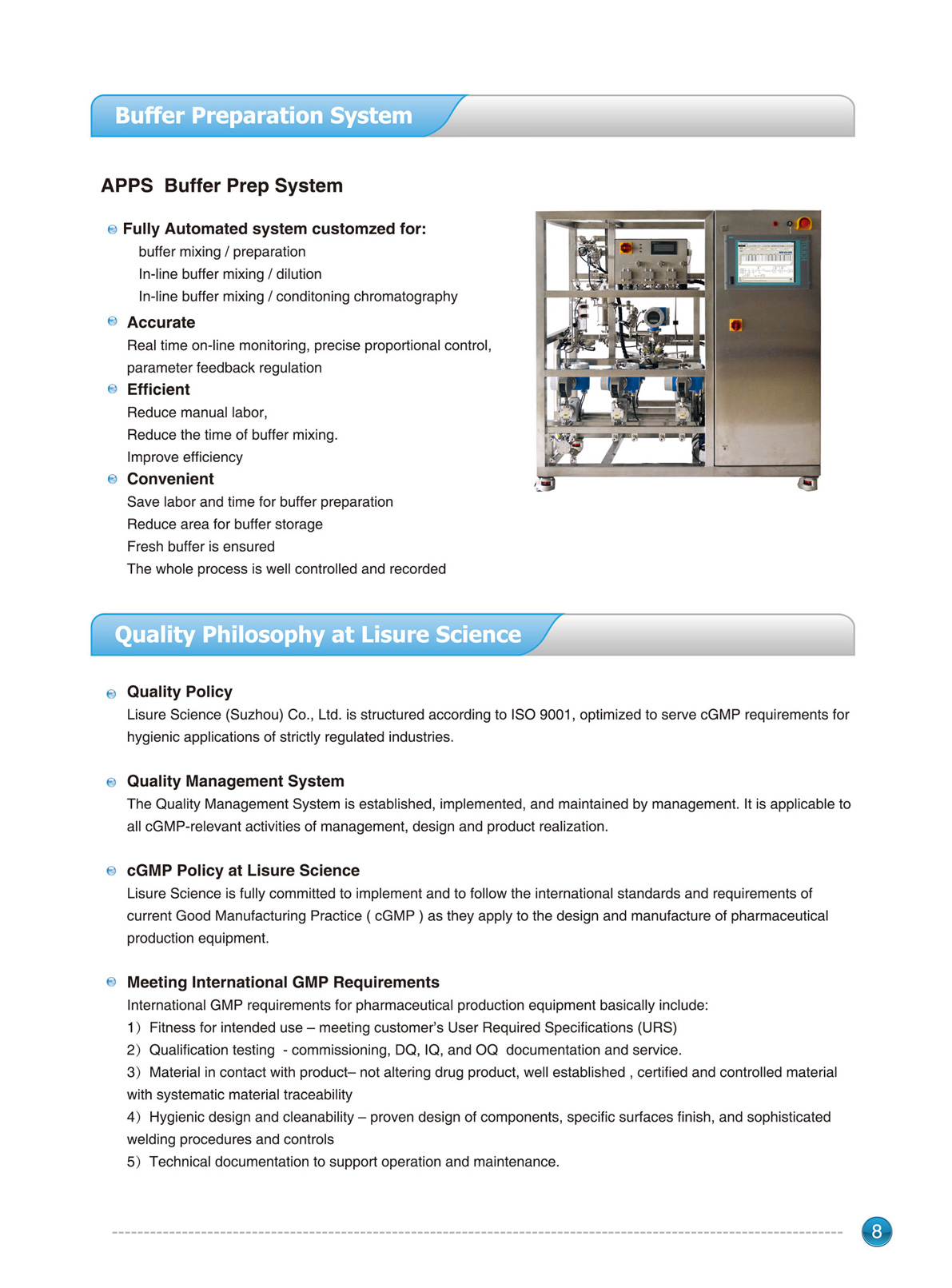
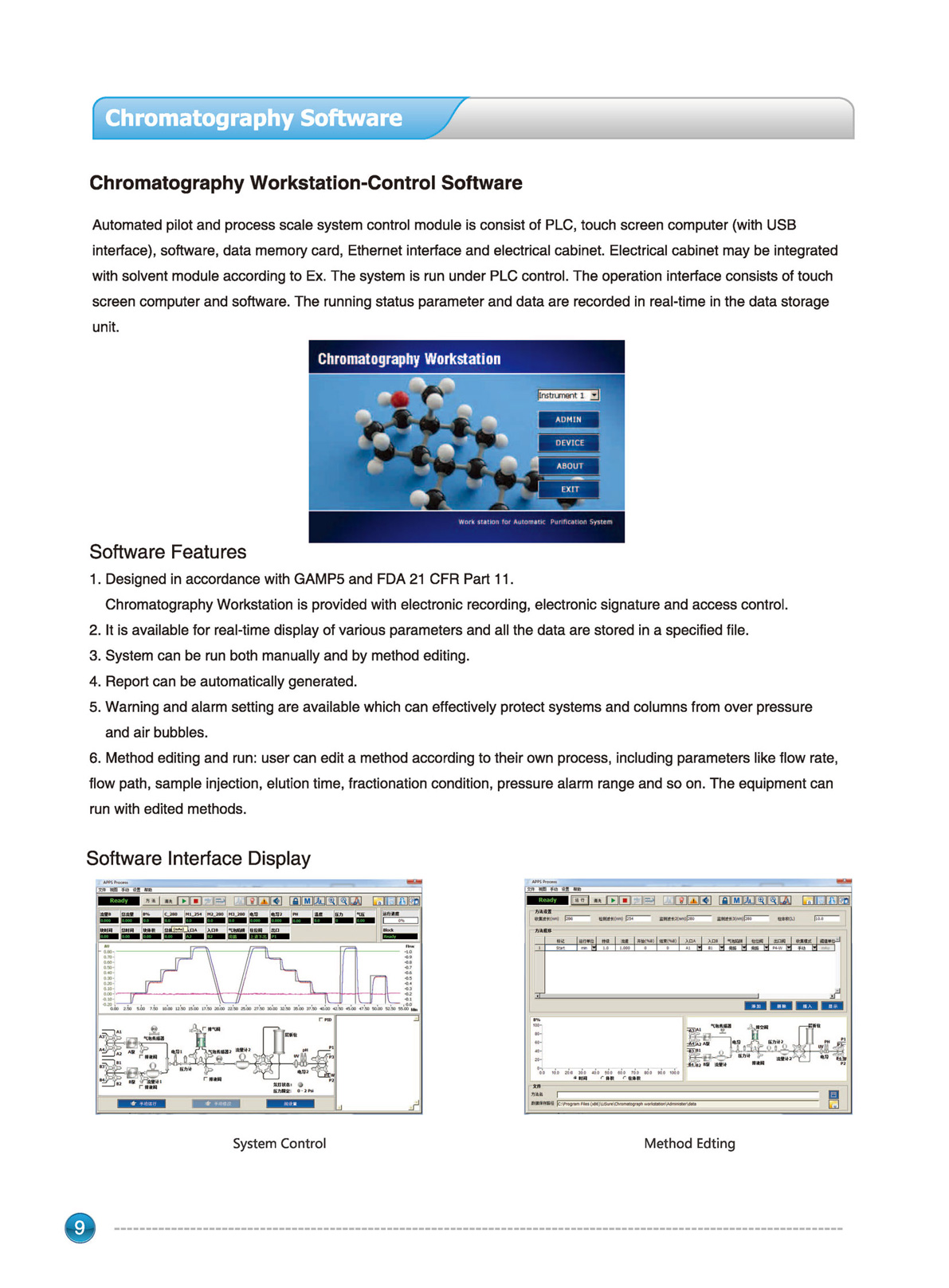
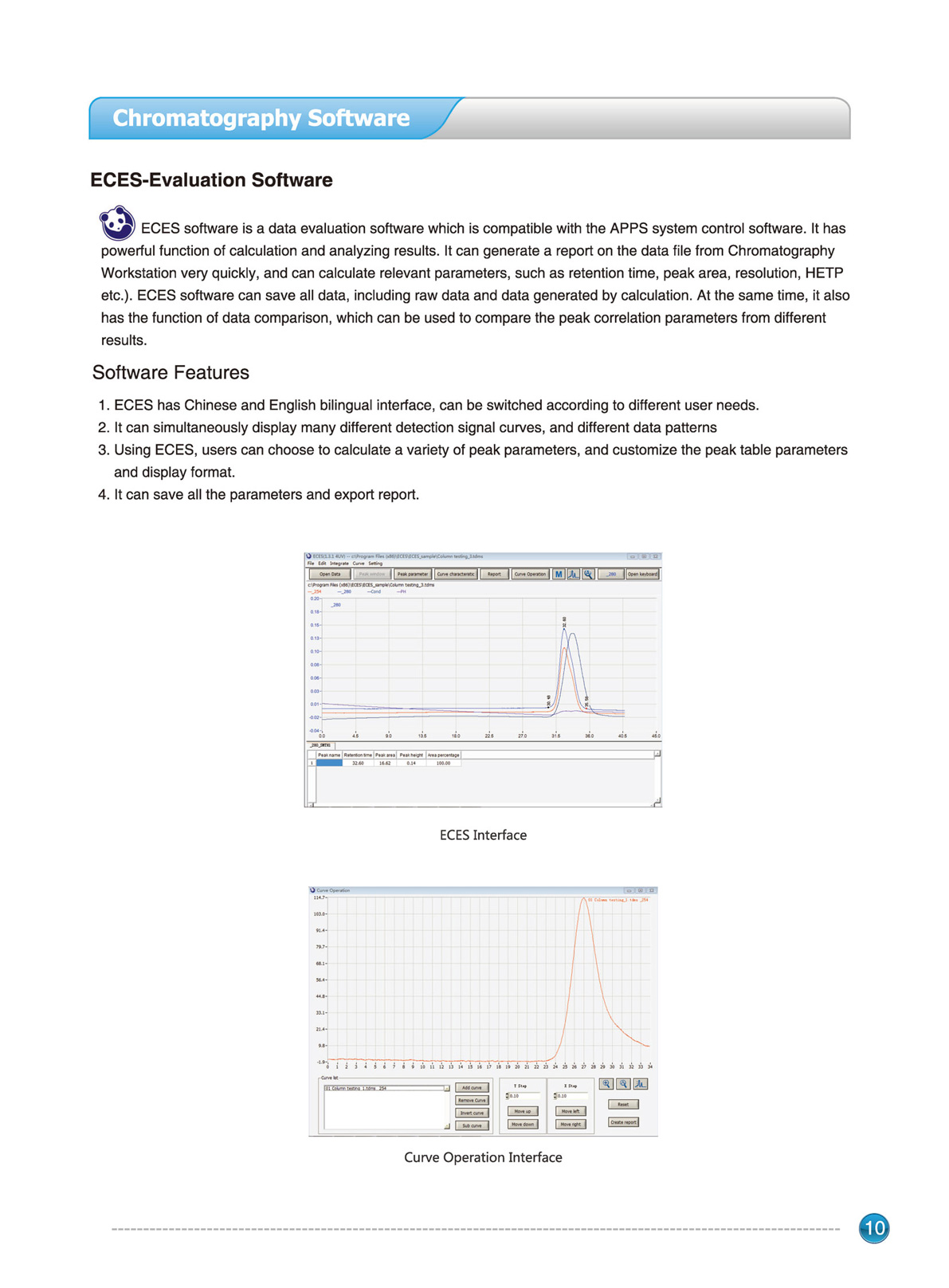
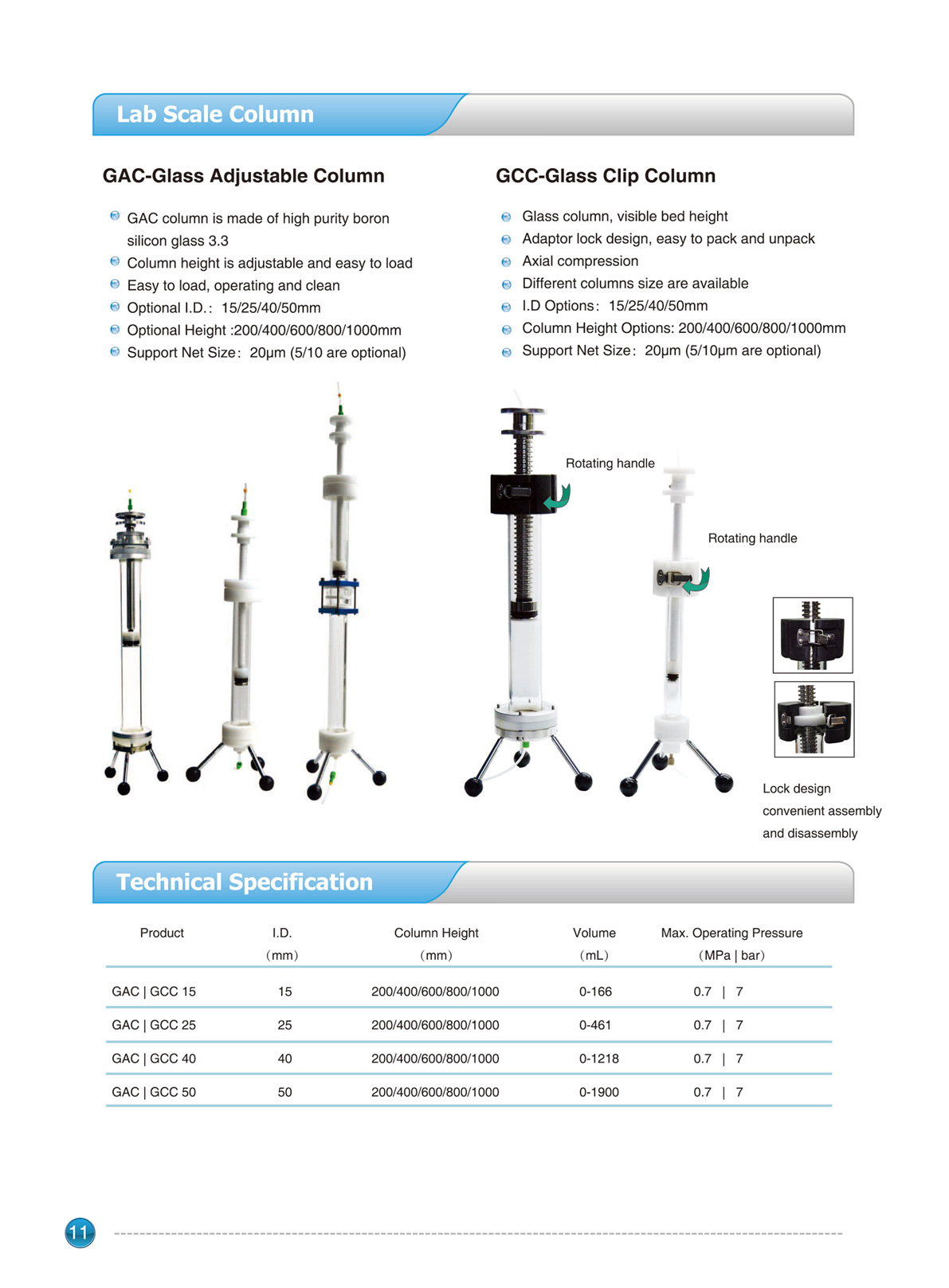
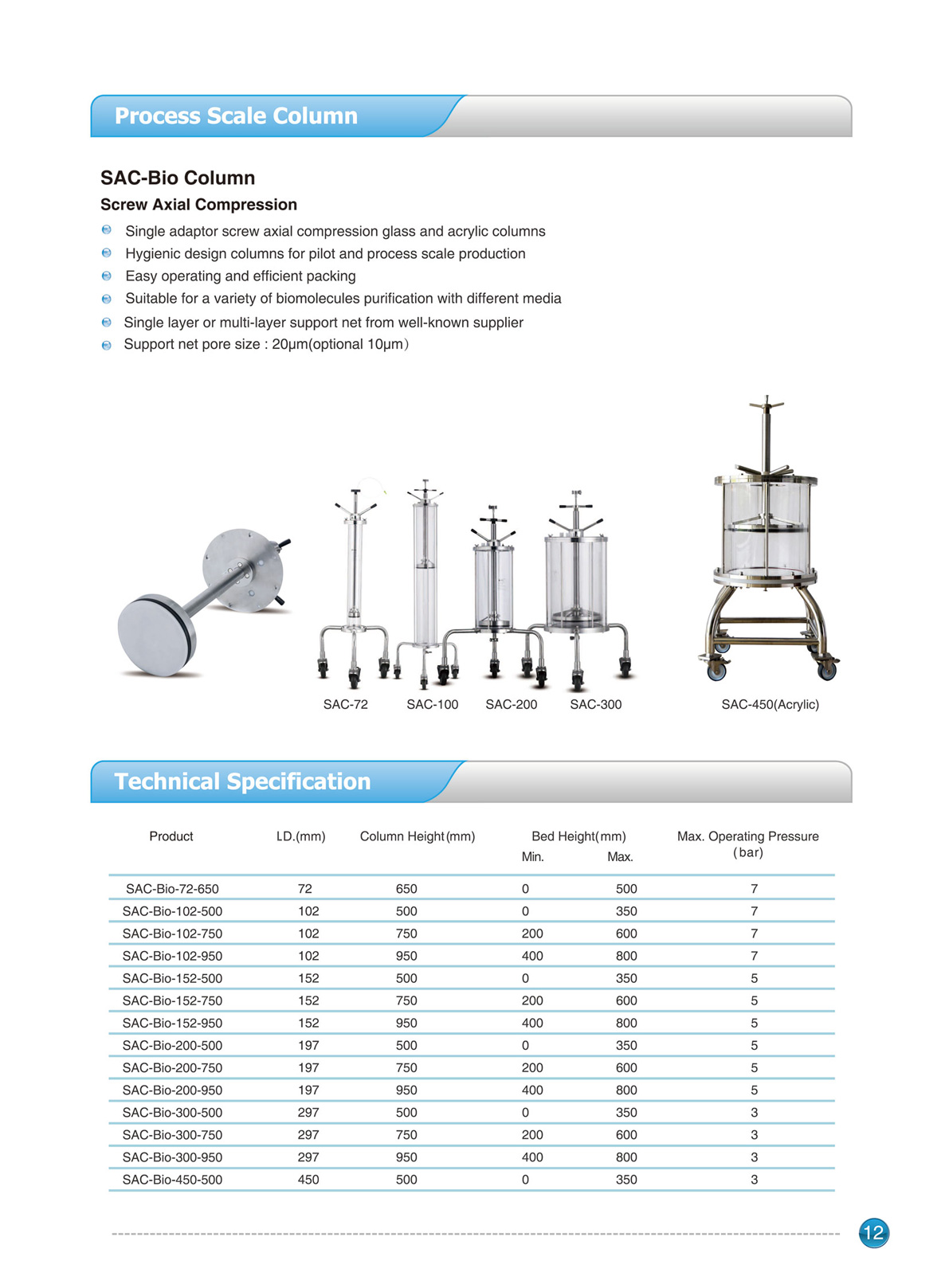
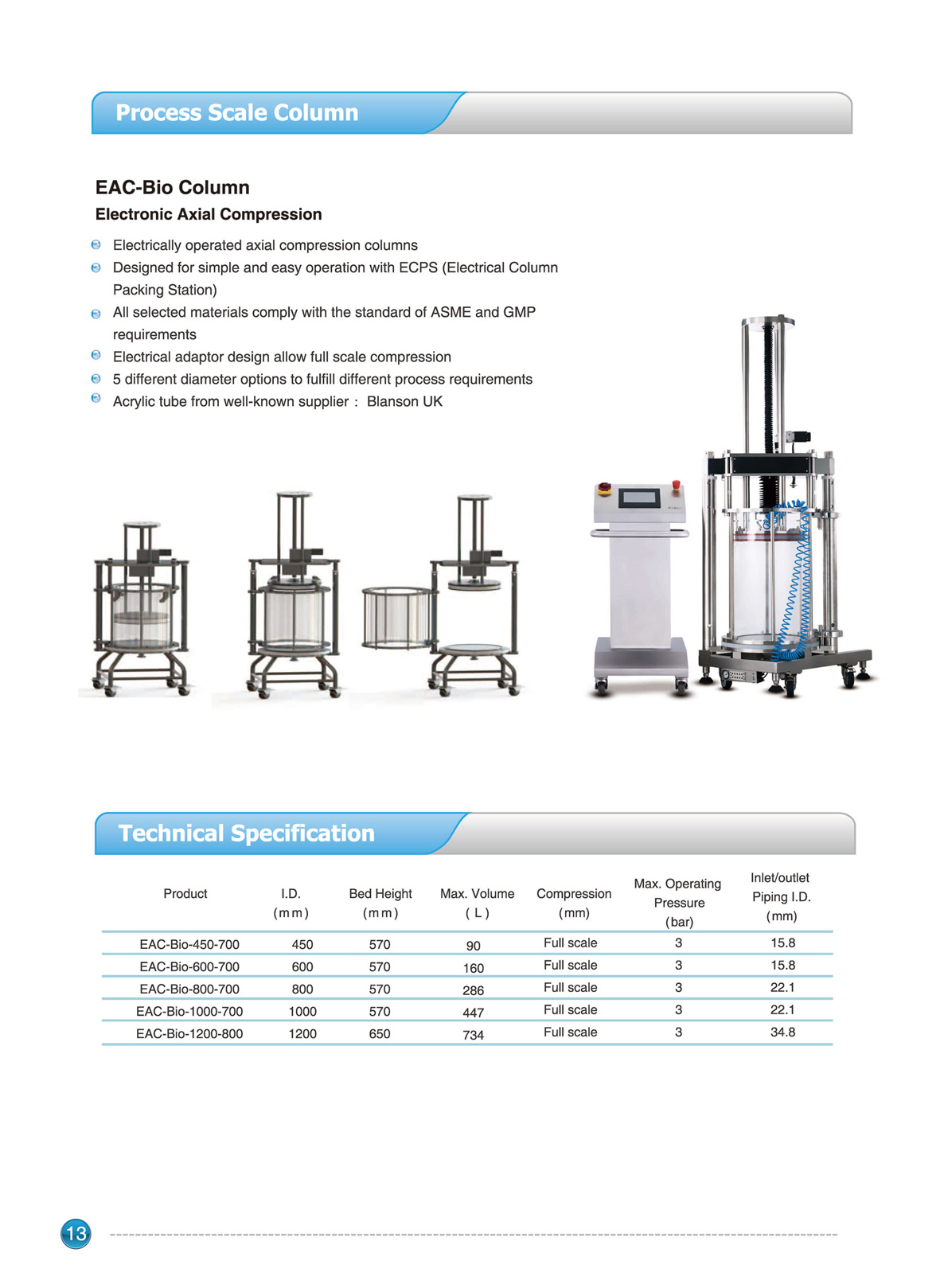
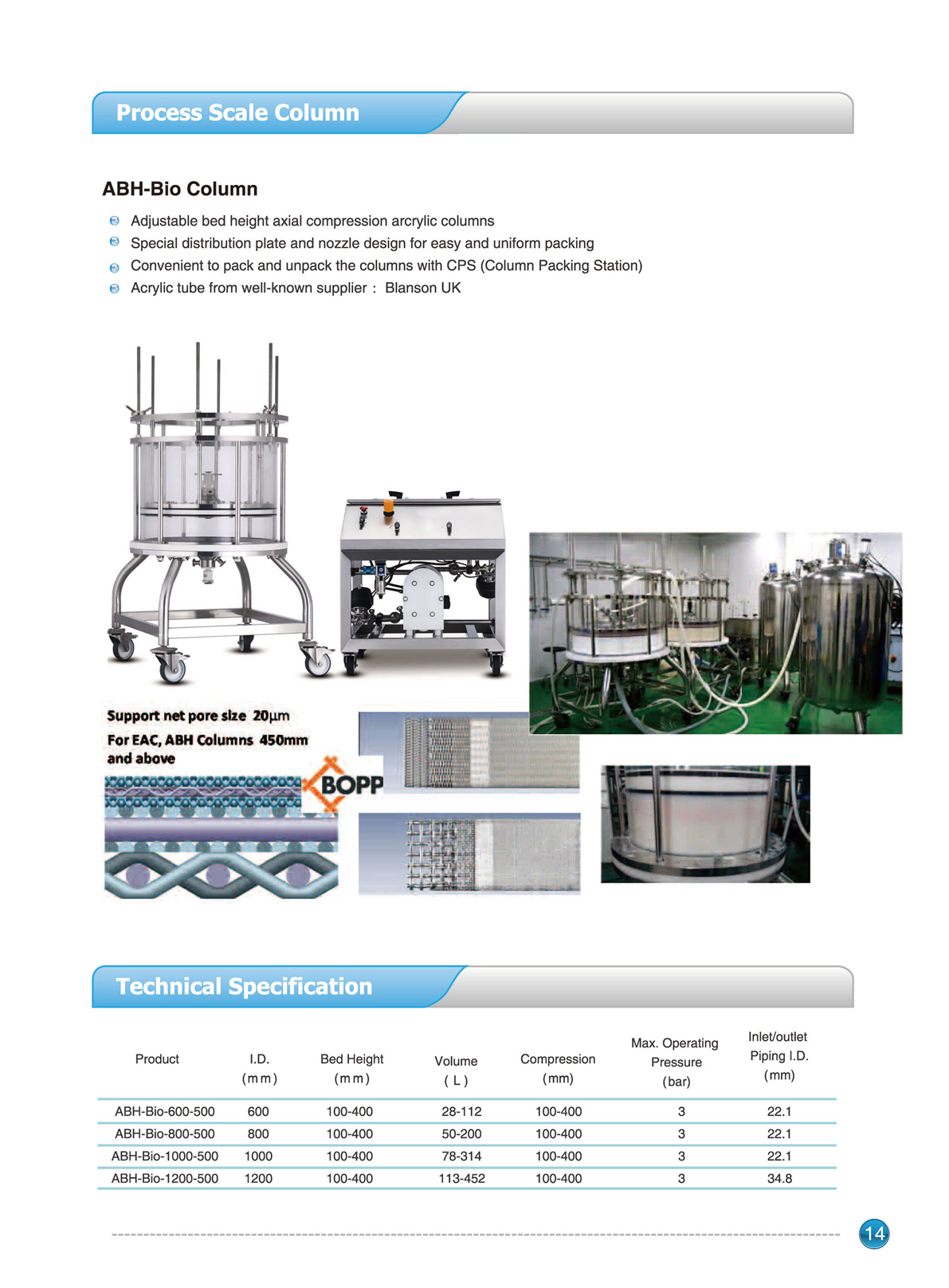
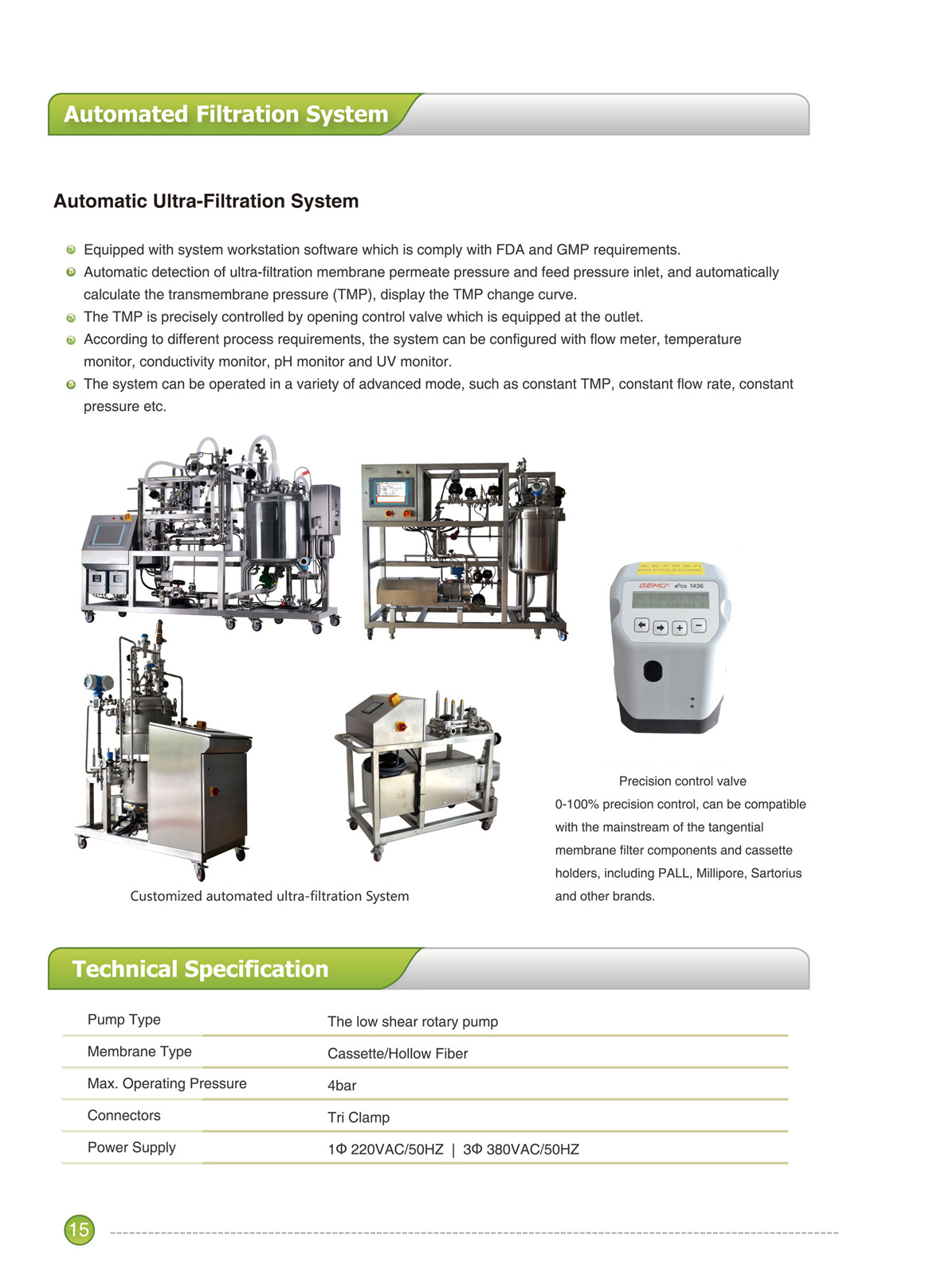
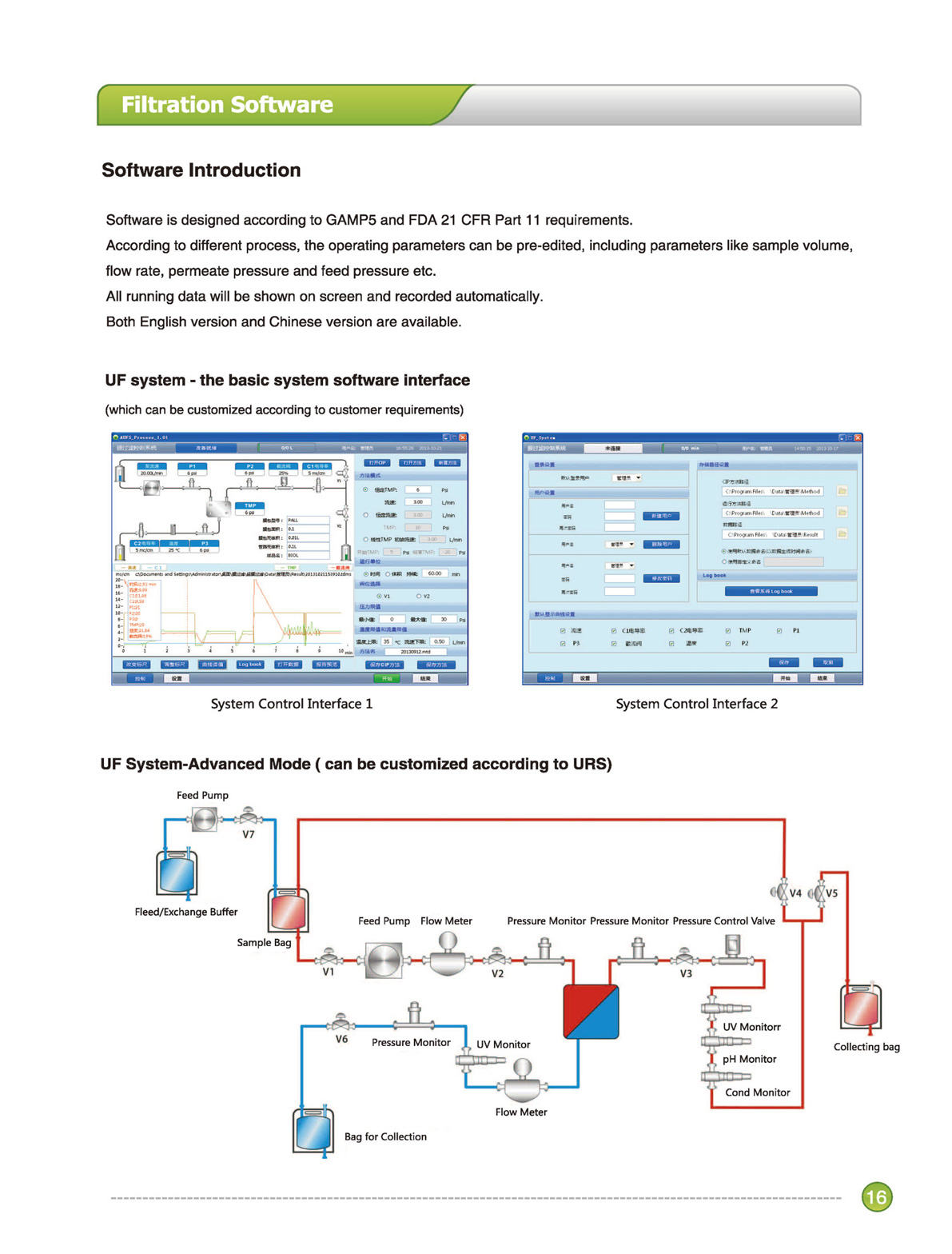
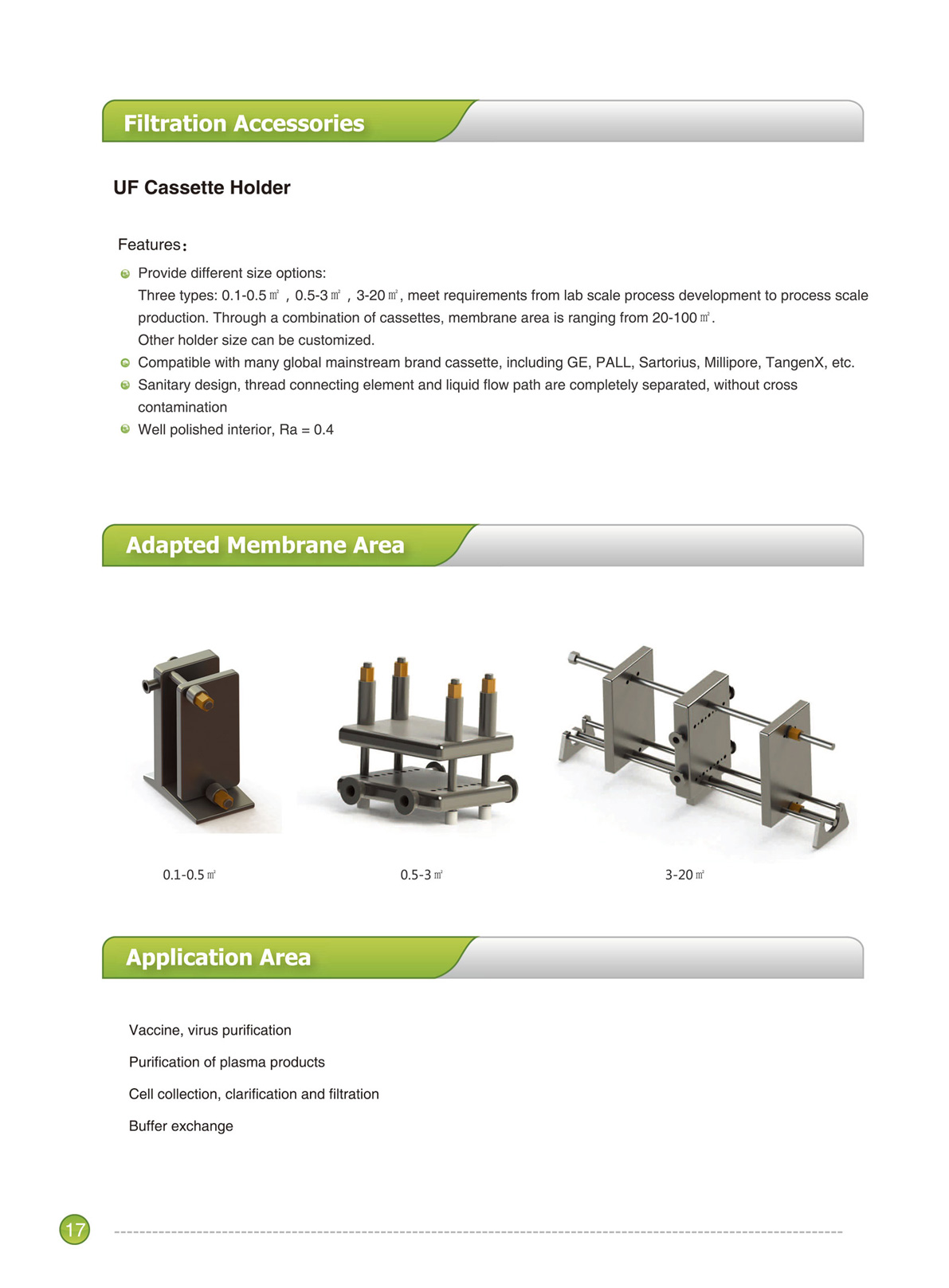
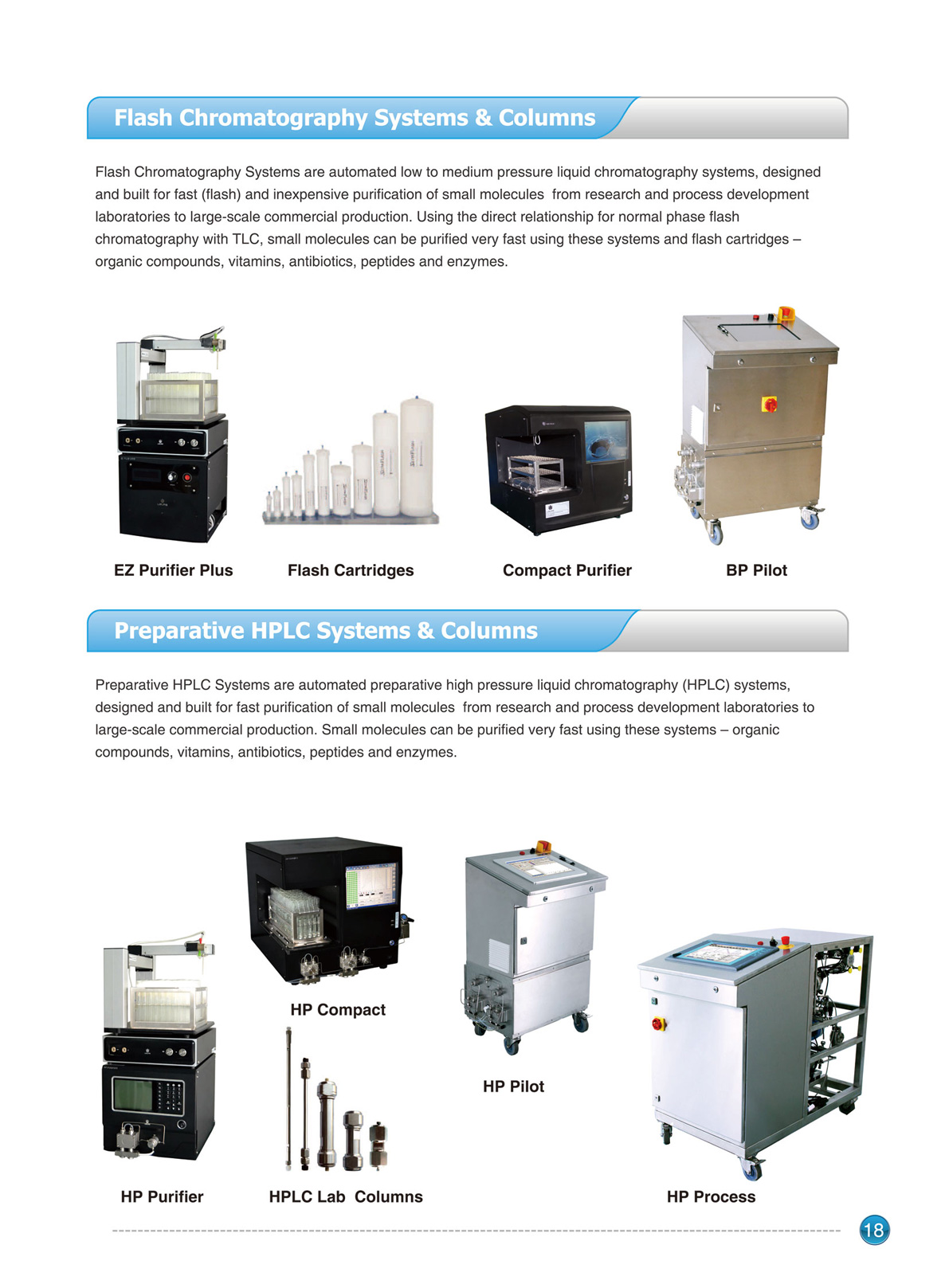
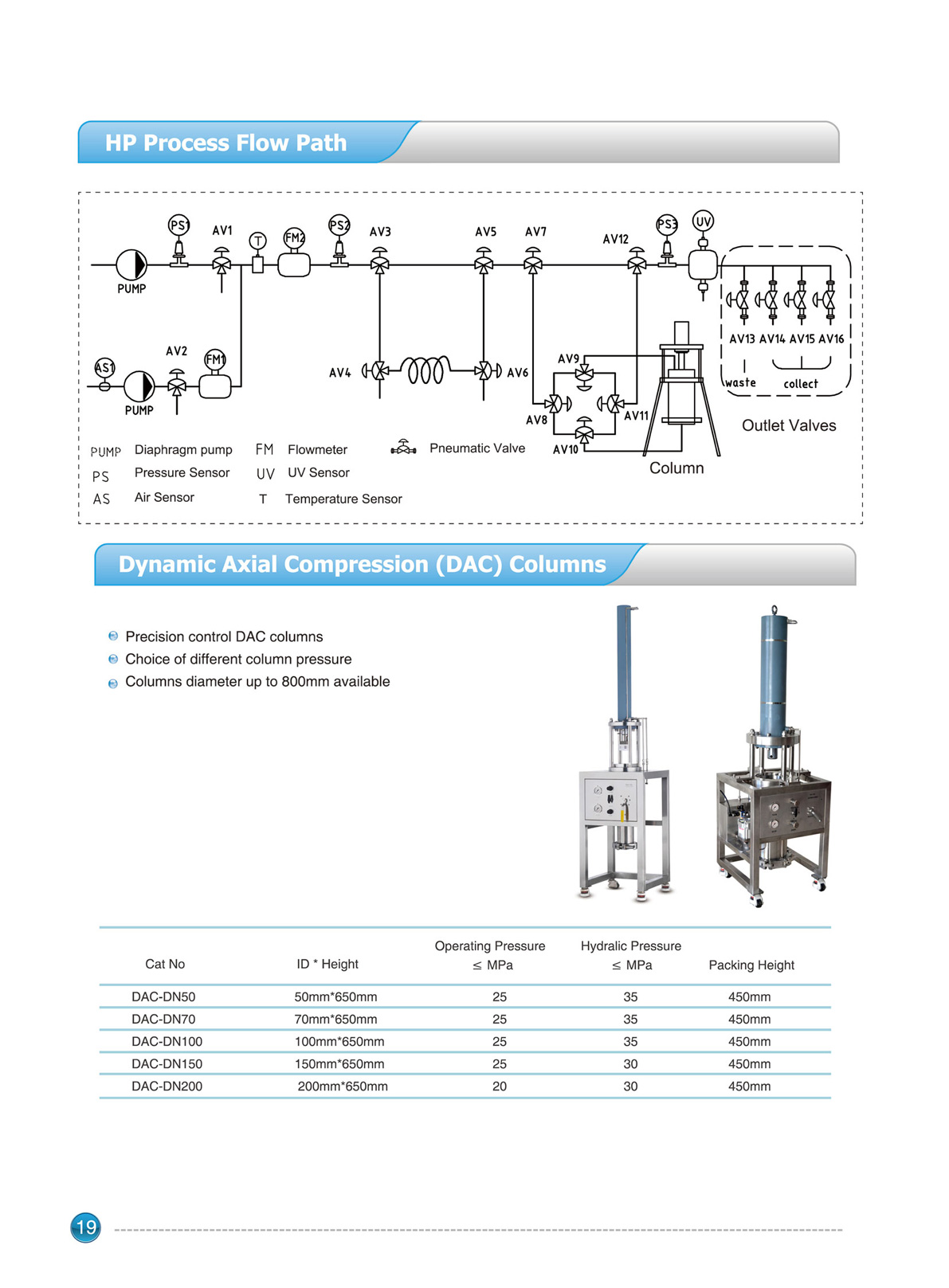
|
|